The repair specialists at iFixit have completed teardowns of the M1-equipped MacBook Air and MacBook Pro, noting that not much has changed in their design beyond the new chip.
Apple's 13-inch MacBook Pro and MacBook Air, along with a new Mac mini, represent the first wave of Apple Silicon machines. Though they share the same basic design as their predecessors, they come equipped with Apple's new M1 chipset.
The trio of devices look pretty much the same from the outside. And, according to iFixit, they look pretty much the same on the inside, too.
"While Apple touts its M1-powered Macs as nothing short of a revolution, internally, they could hardly be any more similar to their predecessors," the repair site wrote.
The major difference found is that the M1 MacBook Air lacks an active cooling mechanism, or a fan. In its place, Apple has installed a simple aluminum heat spreader.
Although iFixit notes that Apple's portable thermal reputation may not be sterling, the new cooling solution with no moving parts "means less maintenance and one less point of mechanical failure."
Apart from that, the new MacBook Air's internals appear nearly identical to its predecessor. The same goes for the 13-inch MacBook Pro, which features very few internal changes beyond the M1 chip, and still sports the same fan as its Intel-based predecessor.
On the M1 chip, iFixit doesn't note anything that Apple hasn't announced. It did bemoan the lack of user-upgradeable parts and memory.
In terms of the difference between the M1 in the MacBook Air and the MacBook Pro, iFixit notes that the latter device has a board with a "beefier power phase design and a couple extra I/O expander chips."
"These are the MacBooks Apple has wanted to ship for years, made on its own terms. They're quiet, fast, and interesting. They're also less accessible for upgrades and repairs, and are going to be difficult to repair outside Apple's network for the foreseeable future," the repair site concluded.
Update, Nov. 24: iFixit published a video version of the MacBook Air and MacBook Pro teardowns to its YouTube channel. No new information is offered beyond the full disassembly, though the video provides a better look at what tools are required to take the devices apart.
 Mike Peterson
Mike Peterson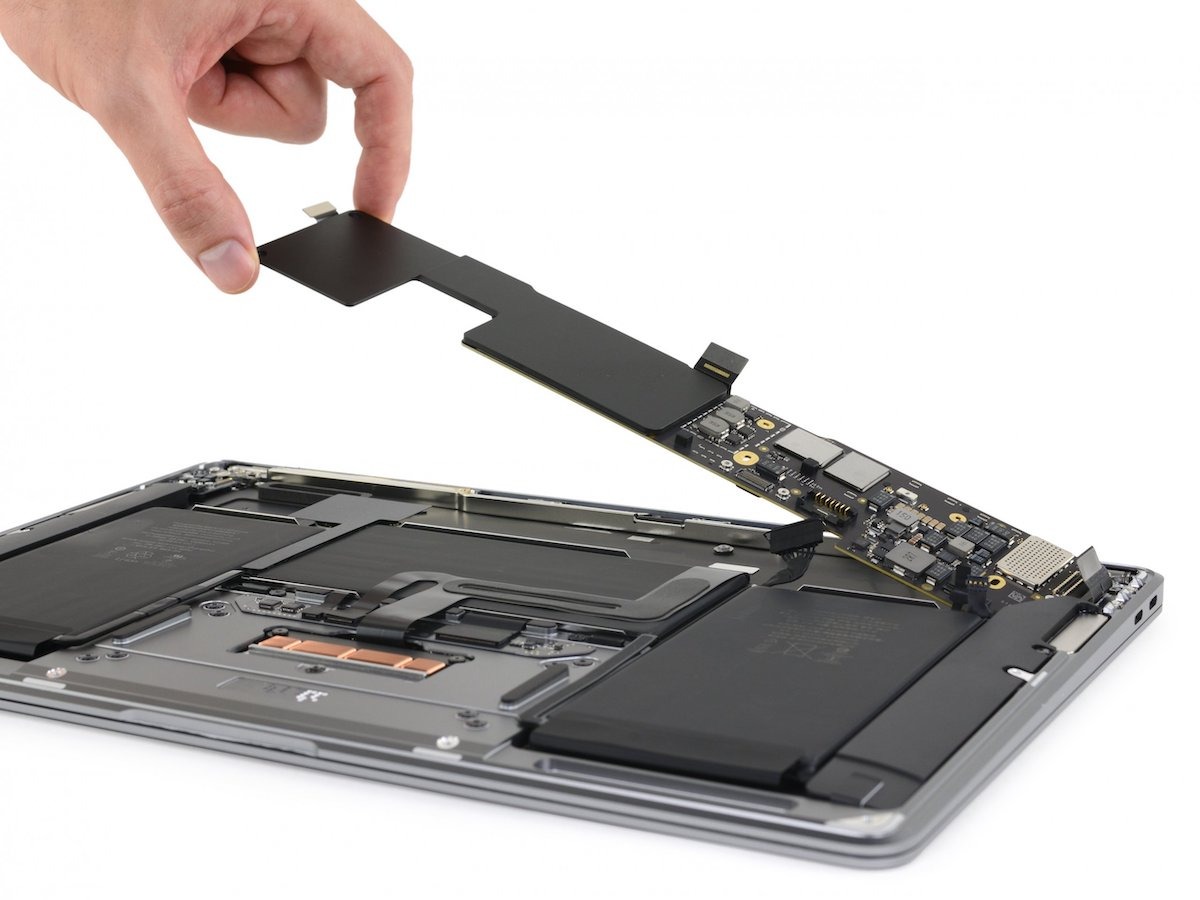
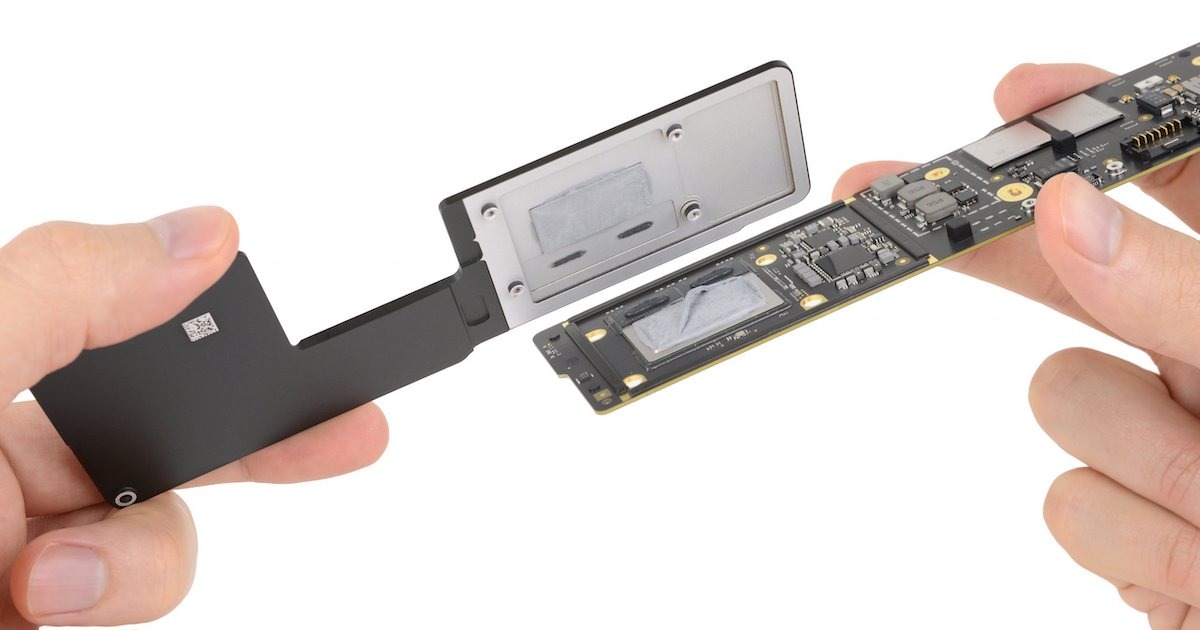
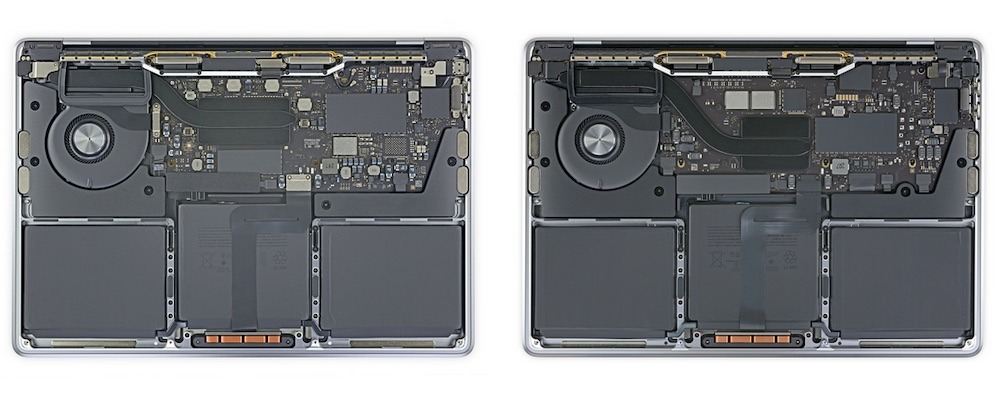




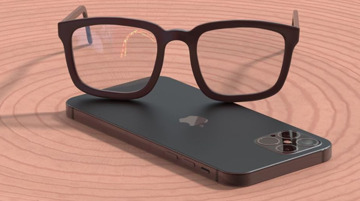


-m.jpg)






 Wesley Hilliard
Wesley Hilliard
 Amber Neely
Amber Neely

 William Gallagher
William Gallagher
 Christine McKee
Christine McKee
 Andrew O'Hara
Andrew O'Hara

 Andrew Orr
Andrew Orr


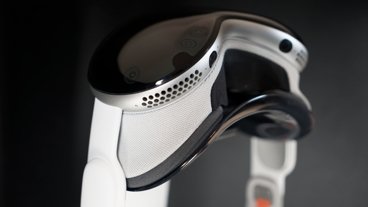
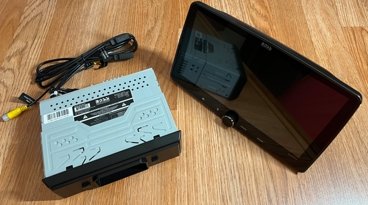

20 Comments
iFixit is hell bent on stopping innovation and hardware advancements by demanding things be “repairable” according to whatever their definition of the term is. If iFixit had their way every component would be socketed, everything else connected with plugs and cables, weigh a ton, pop open, and be ugly as sin. Screw these douches.
Chalk me up as one who wishes aftermarket upgrades for storage and RAM were an option. It makes the competition more attractive for my needs.
Hmmm...people get upset when Apple solders the RAM, SSDs, uses glue to seal batteries or access inside, yet here they are apparently upset about the right to do your own repairs out of warranty. You can't have it both ways. People have a right to do their own repairs out of warranty and should have access to the same replacement parts. Having an excellent guide makes it easy to do. Why do you people have such a problem with this? Parents with kids that constantly break their phones are not paying Apple full price for repairs. They are going to a mall kiosk to pay for an inexpensive repair, something they could actually do on their own. I replaced my iPhone X display for $59 because I was not about to pay Apple $275 for their ridiculous mark up!
So if you hate iFixit and the right to repair your own computer, then don't complain about Apple soldering everything to the board because you somehow want to claim it is innovation. And the first complaint with the M1 MacBooks...the RAM and storage is not-upgradable and you must pay Apple's grossly overpriced fees to get more RAM and storage. Same with the iMac 21.5" and iMac Pro...everyone whining about the sealed RAM...but hey, that's innovation, so stop complaining.